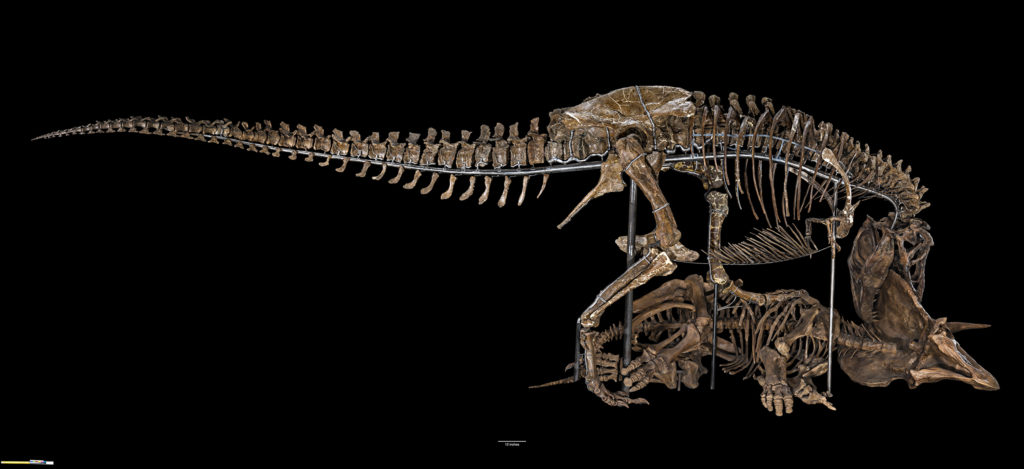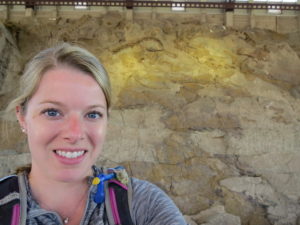A groundbreaking study led by UW-Stout materials scientist Elizabeth Boatman explains how, after 66 million years, blood vessels are preserved in the fossil of a T.rex dinosaur displayed at the Smithsonian. Microscopic research on a leg bone sample conducted by five institutions across the U.S. proves that fossils can help unlock secrets to how the dinosaurs lived.
Read more about the evolution of this research and learn whether Jurassic Park–style dinosaur clones will walk the Earth any time soon!


